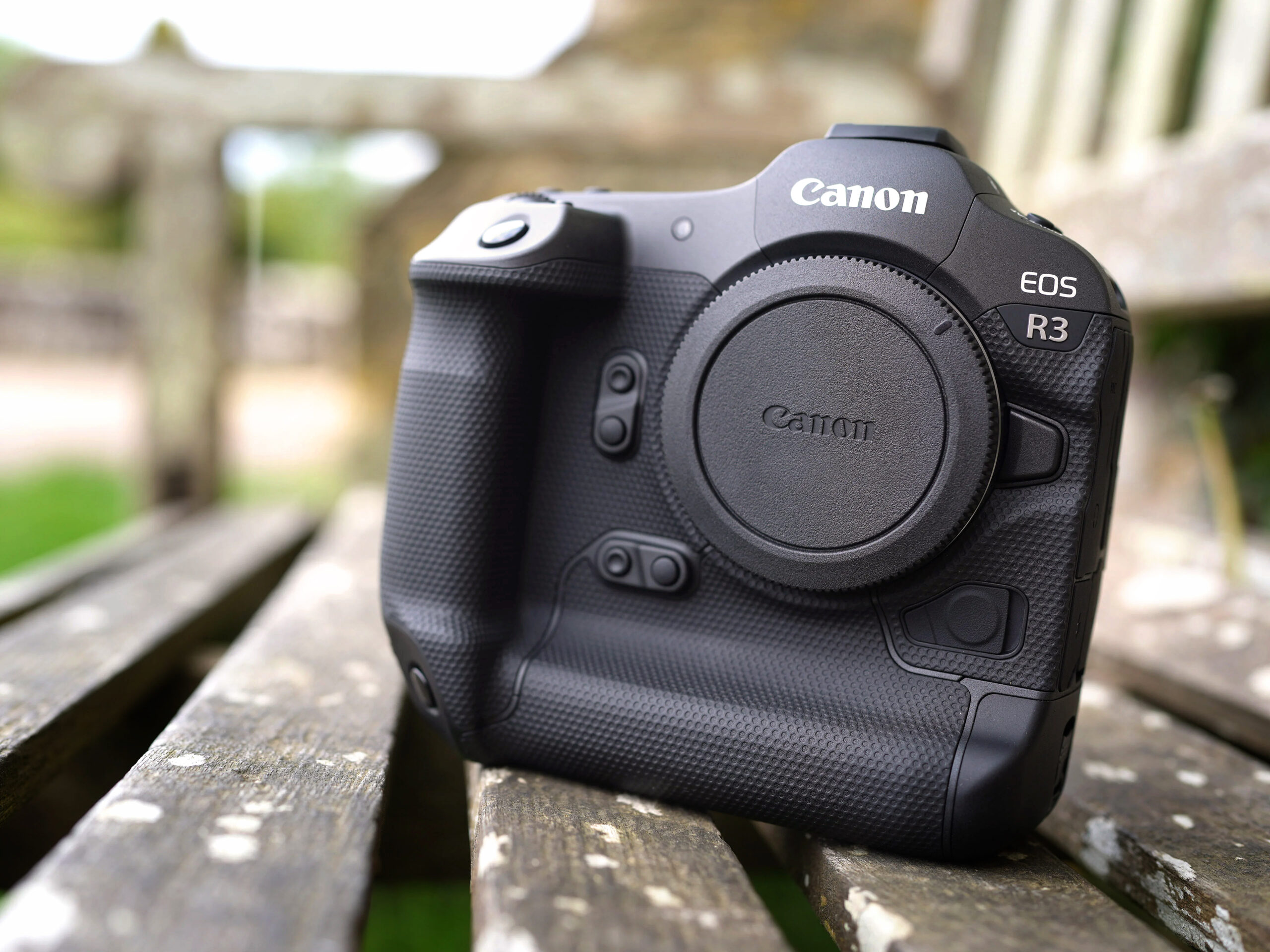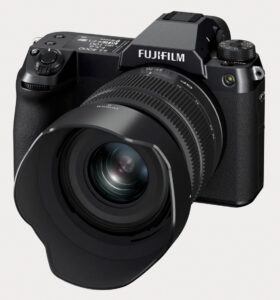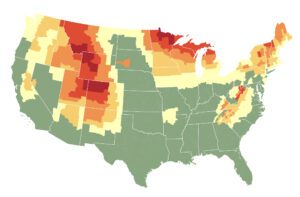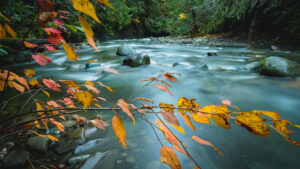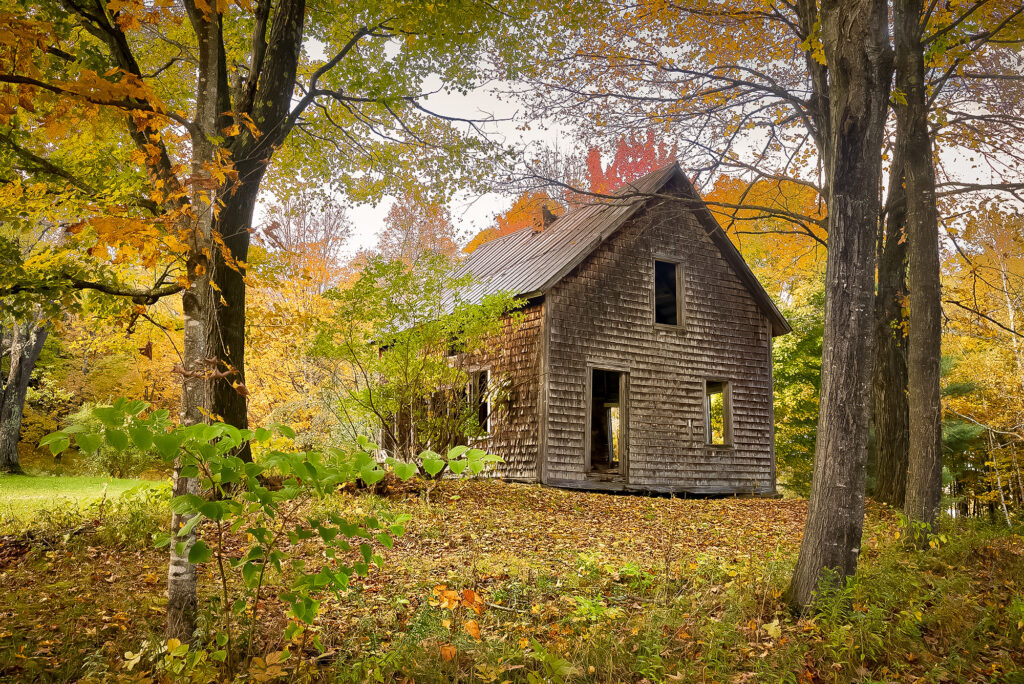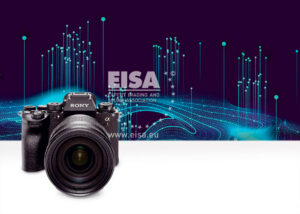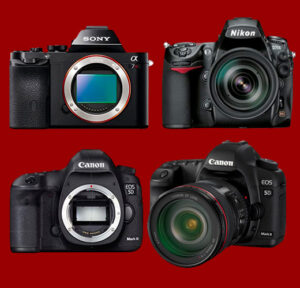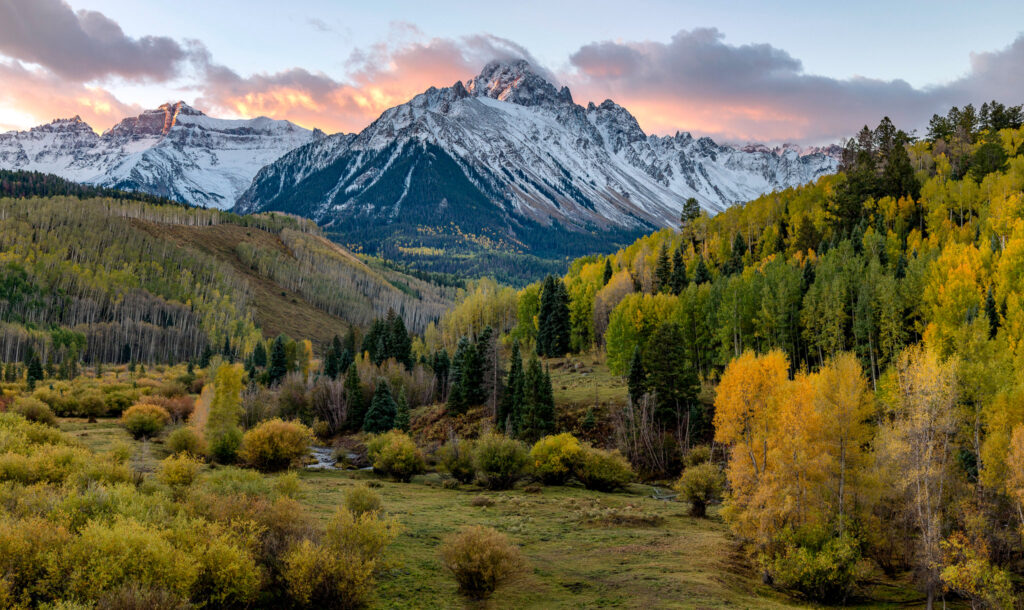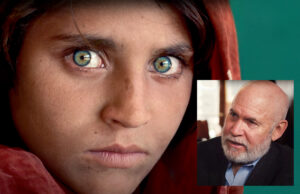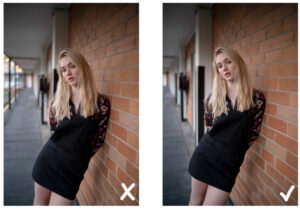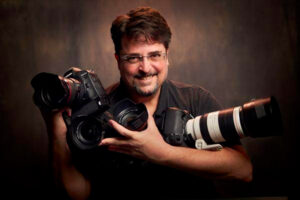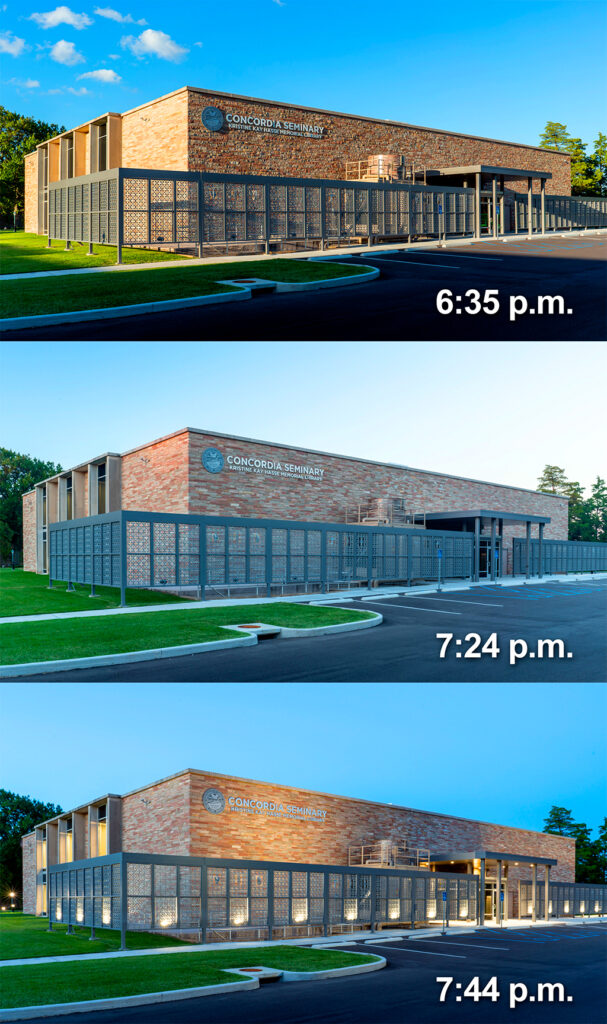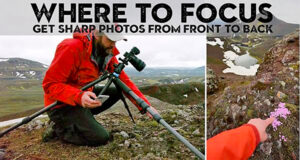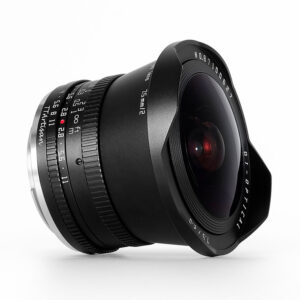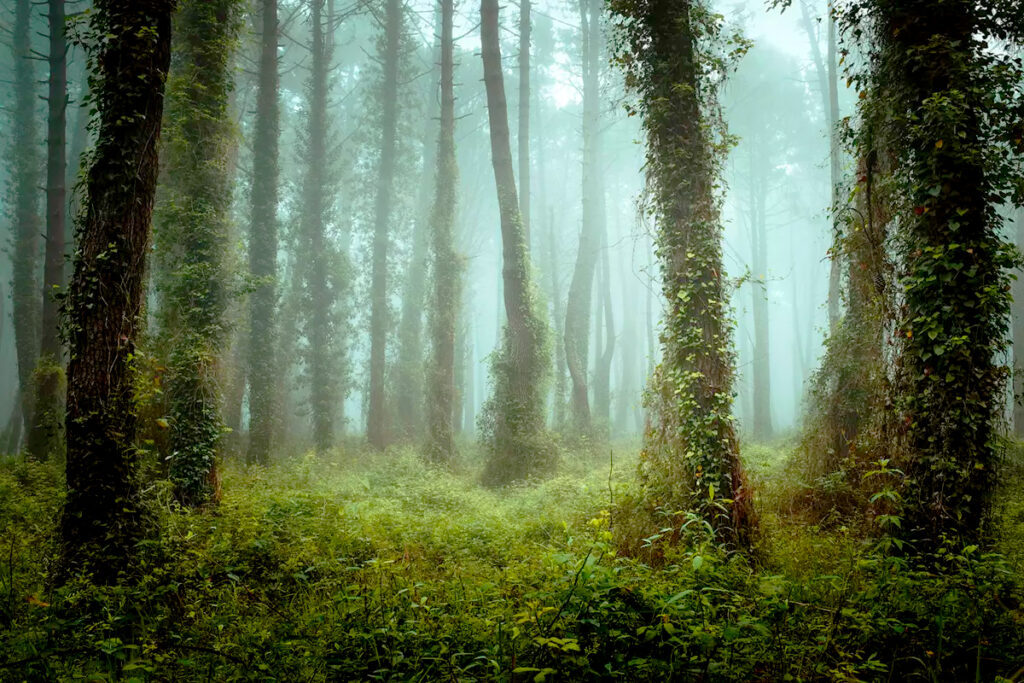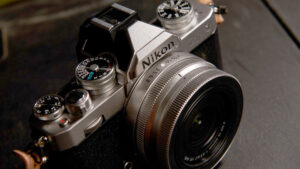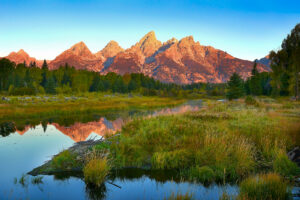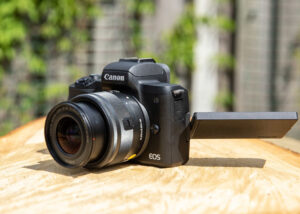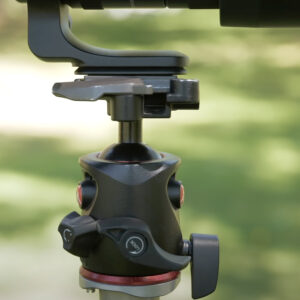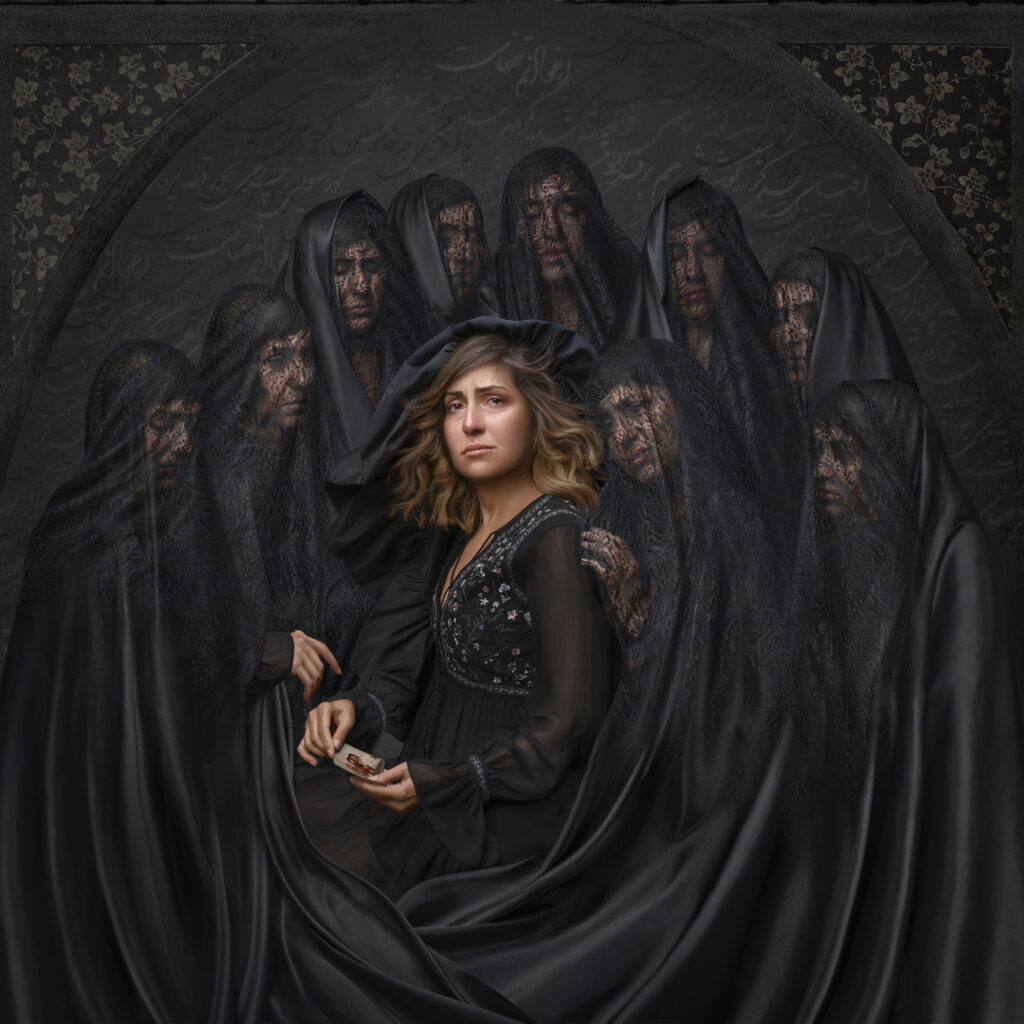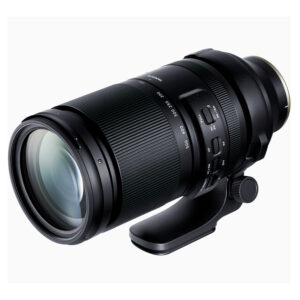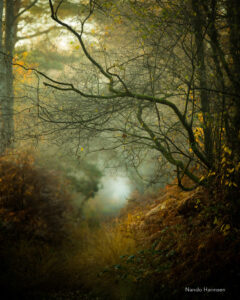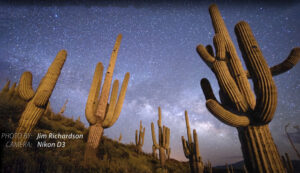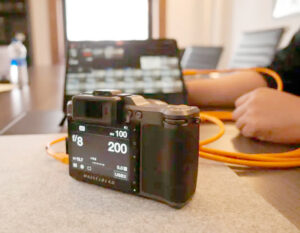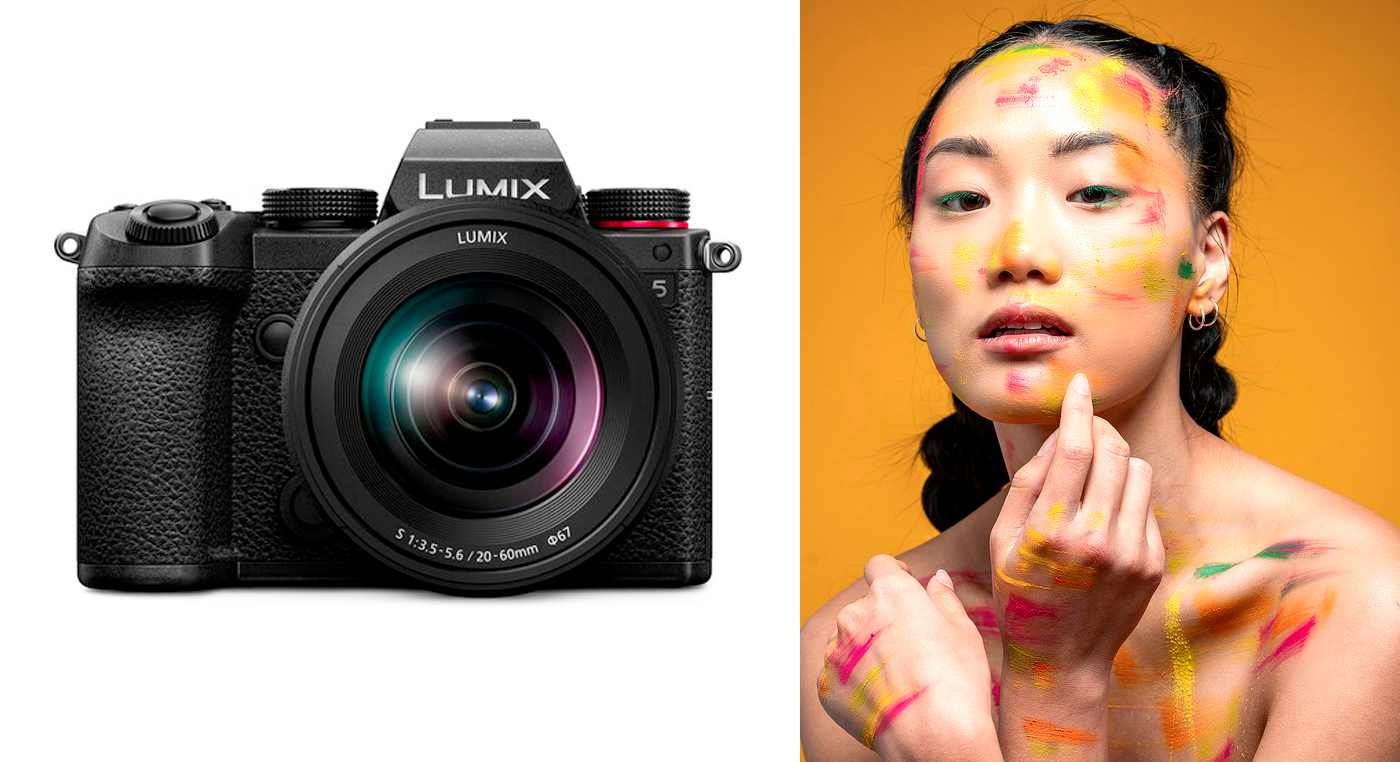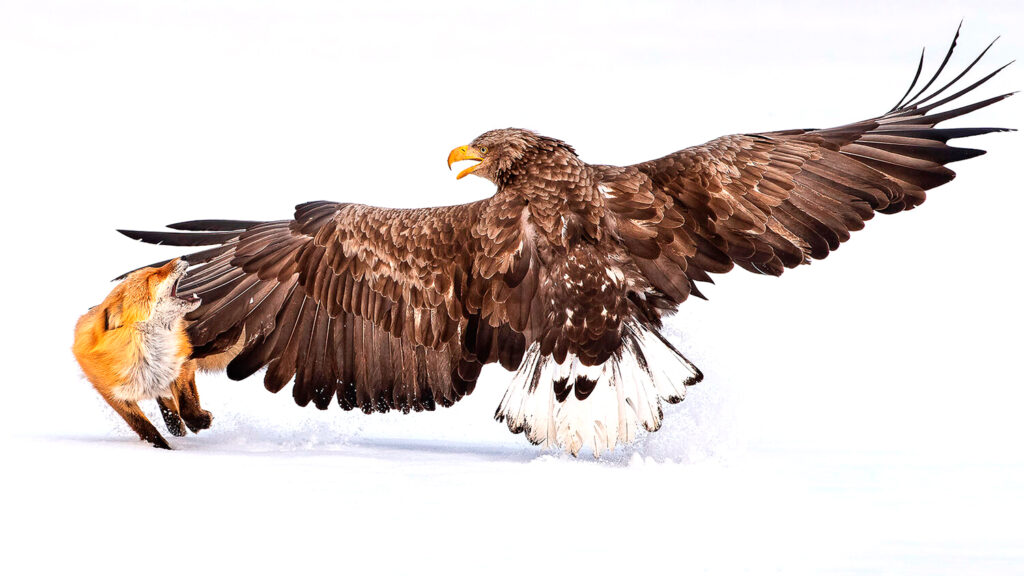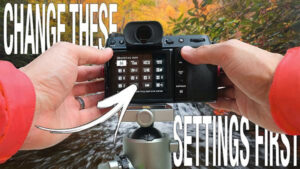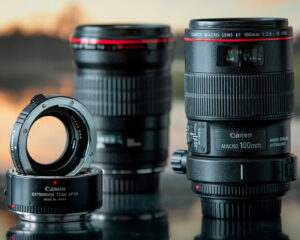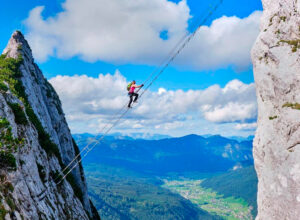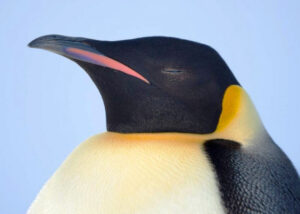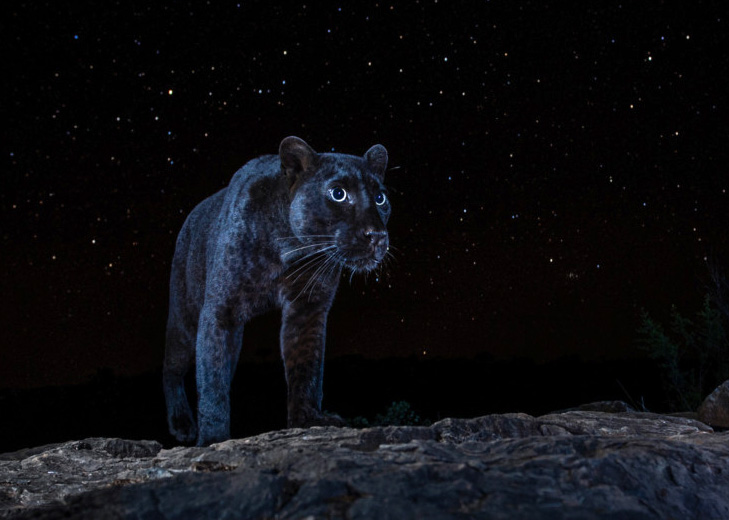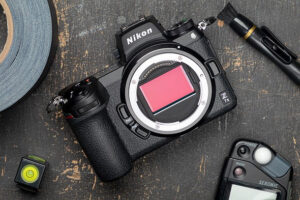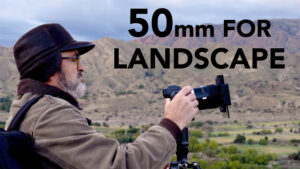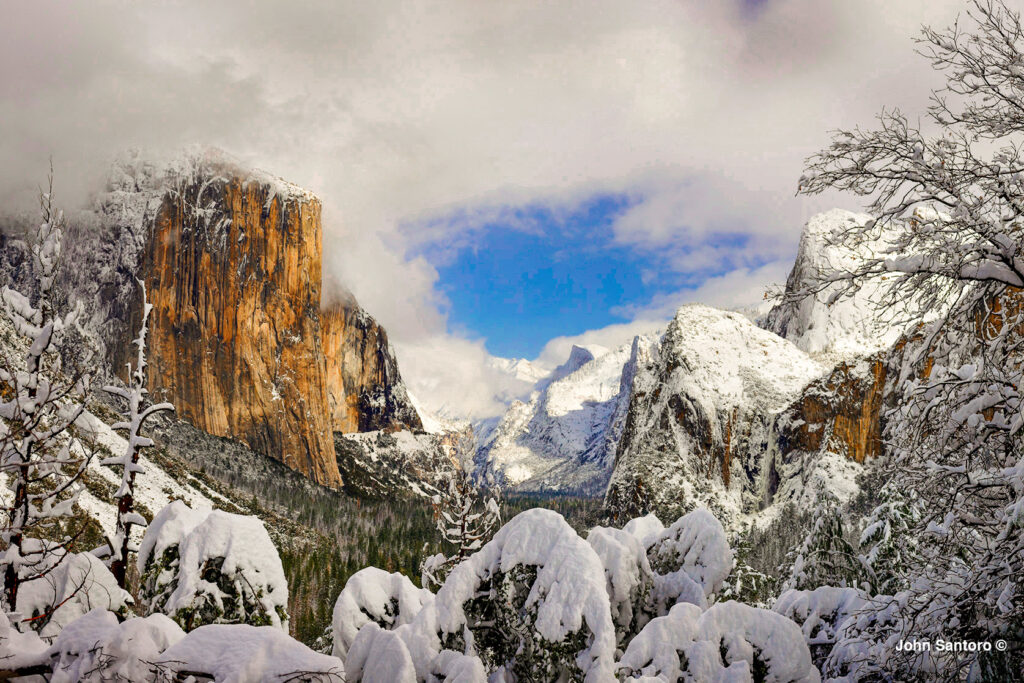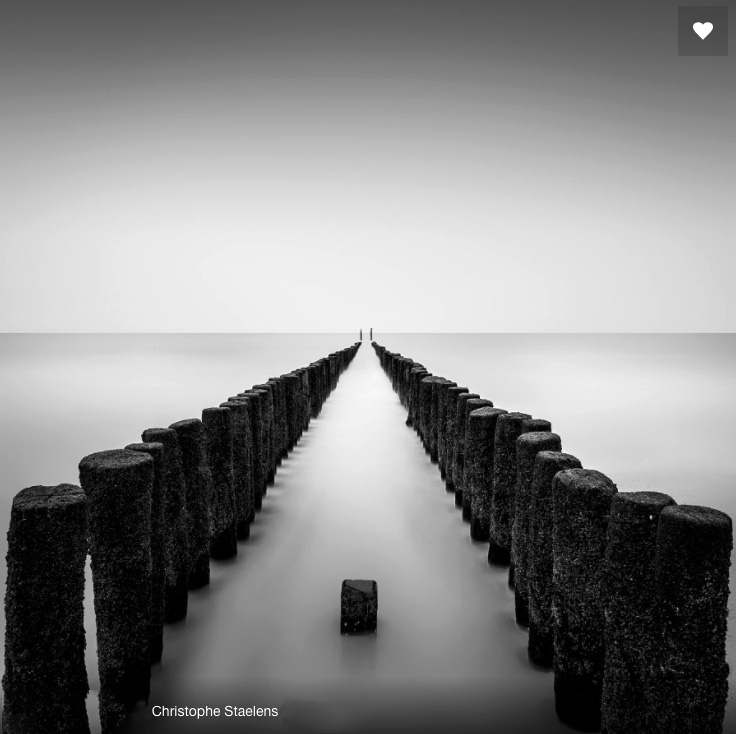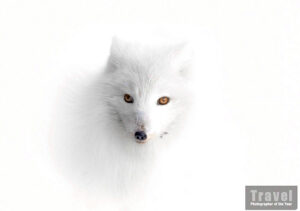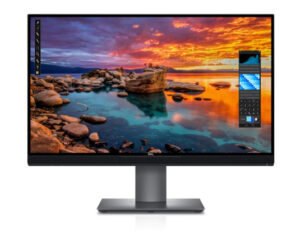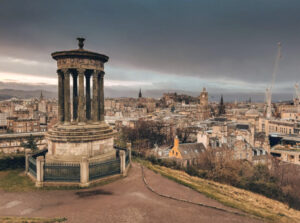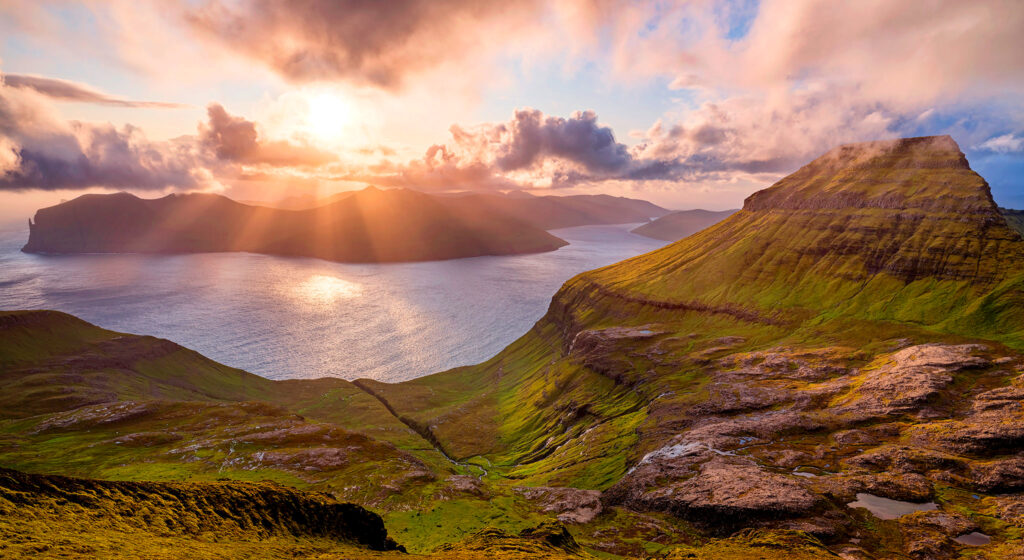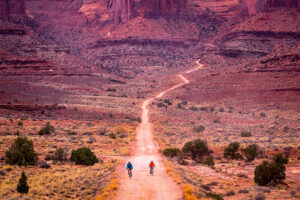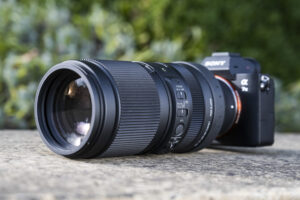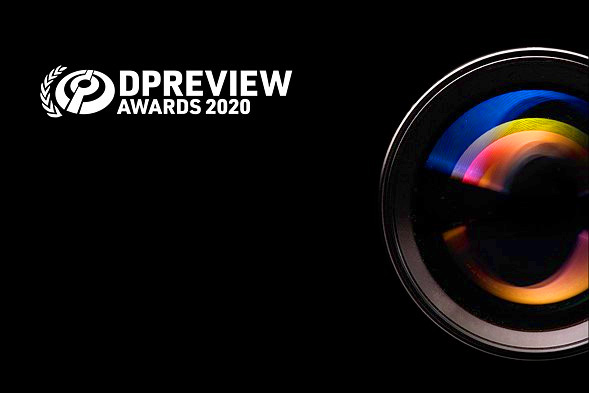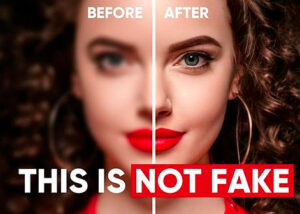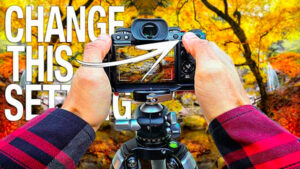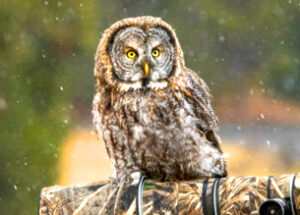Welcome again to HDR News. This month we’re highlighting new equipment from Sony and Nikon. We’re also sharing some excellent technique tips as well. For equipment we point you to excellent reviews of the recently announced Sony a7 IV and a new Sony 70-200 lens. For landscape and travel photographers we also look at the new Nikon Z 14-24 f2.8 lens. For technique we have a deep video on the necessary steps for creating super sharp images. We also have a beginners article on how to get your first great waterfall image. And, we steer you toward a lighting technique article that gets you mixing ambient and flash light. Let’s get going!
How To Shoot Razor Sharp Images
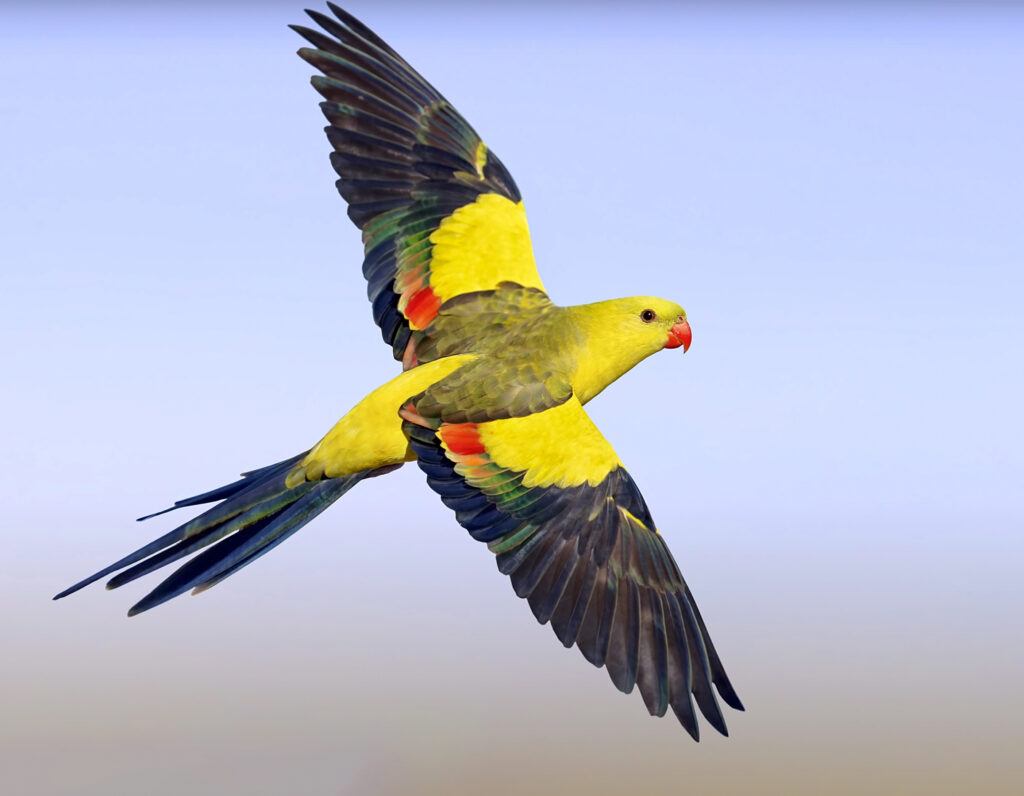 Thinking that getting consistently sharp photos depends on the quality of your camera’s auto focus is a formula for utter failure. Shutter speed, aperture, ISO, camera holding technique are all factors that will affect the sharpness of your images. And, all those factors are inter related. This video by nature photographer Jan Wegener is a gem. After watching the video one phrase will stick in your mind: “If you’re not using the right shutter….”
Thinking that getting consistently sharp photos depends on the quality of your camera’s auto focus is a formula for utter failure. Shutter speed, aperture, ISO, camera holding technique are all factors that will affect the sharpness of your images. And, all those factors are inter related. This video by nature photographer Jan Wegener is a gem. After watching the video one phrase will stick in your mind: “If you’re not using the right shutter….”
Get sharp HERE.
Sony a7 IV Initial Review
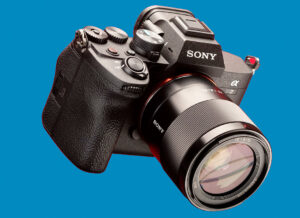 The folks at dpReview have just provided a first look at the a7 IV. The biggest news is the heart of the a7 IV is a new 33MP BSI-CMOS sensor. It’s a step up from the 24 megapixel CMOS chip in the a7 III. The a7 IV incorporates eye recognition auto focus which was left off the a7 III. There are a lot more feature changes to learn about and it’s all here in this article. Pricing is in the $2,500 range for the body only.
The folks at dpReview have just provided a first look at the a7 IV. The biggest news is the heart of the a7 IV is a new 33MP BSI-CMOS sensor. It’s a step up from the 24 megapixel CMOS chip in the a7 III. The a7 IV incorporates eye recognition auto focus which was left off the a7 III. There are a lot more feature changes to learn about and it’s all here in this article. Pricing is in the $2,500 range for the body only.
Read the camera review HERE.
A closer look at Sony’s FE 70-200mm f2.8 GM OSS II
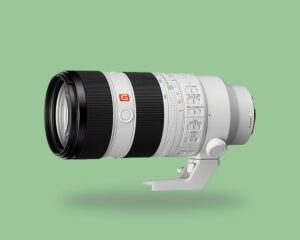 The first Sony 70-200 f2.8 G Master lens was a lens that adequately filled one of the most important slots in a photographers lens kit. But, there were issues with the optics in some instances that experienced shooters definitely noticed. Sony’s just announced FE 70-200 f2.8 GM OSS II lens attempts to rectify those issues. Again, the folks at dpReview do a complete drill down on the lens. See if the info convinces you to upgrade your 70-200.
The first Sony 70-200 f2.8 G Master lens was a lens that adequately filled one of the most important slots in a photographers lens kit. But, there were issues with the optics in some instances that experienced shooters definitely noticed. Sony’s just announced FE 70-200 f2.8 GM OSS II lens attempts to rectify those issues. Again, the folks at dpReview do a complete drill down on the lens. See if the info convinces you to upgrade your 70-200.
See if the new lens is a real upgrade HERE.
Nikon Z 14-24mm f2.8 Field Review
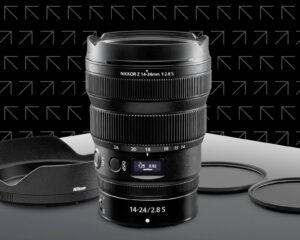 The Nikon Z 14-24 f2.8 fills the last hole in zoom coverage for its full-frame mirrorless lineup. This newest zoom joins Nikon’s Z 24-70 f2.8 and Z 70-200 f2.8 to cover a zoom range of 14mm to 200mm at a max aperture with excellent image quality. The new lens is comparatively light which is important when carrying a kit consisting of two bodies and three zooms and, let’s not forget flash. So, does it perform at the same level as the highly respected Z 24-70 f2.8? Well, maybe you should read this piece.
The Nikon Z 14-24 f2.8 fills the last hole in zoom coverage for its full-frame mirrorless lineup. This newest zoom joins Nikon’s Z 24-70 f2.8 and Z 70-200 f2.8 to cover a zoom range of 14mm to 200mm at a max aperture with excellent image quality. The new lens is comparatively light which is important when carrying a kit consisting of two bodies and three zooms and, let’s not forget flash. So, does it perform at the same level as the highly respected Z 24-70 f2.8? Well, maybe you should read this piece.
Find out if this lens is for you HERE.
Five Great Waterfall Photography Tips For Beginners
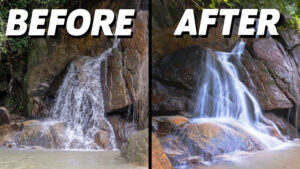 Creating your first waterfall image with the appropriate amount of creamy blurriness in the water stream is almost a right of passage for the budding photographer. Shooting such an image is not difficult but it requires manipulating ISO, aperture and, most important shutter speed. Working through all these settings successfully is one of the best ways to become the master of your camera rather than the other way around. This video takes you right to a waterfall and the photographer goes through each setting in detail. Even better, he doesn’t use an ND filter to get great results.
Creating your first waterfall image with the appropriate amount of creamy blurriness in the water stream is almost a right of passage for the budding photographer. Shooting such an image is not difficult but it requires manipulating ISO, aperture and, most important shutter speed. Working through all these settings successfully is one of the best ways to become the master of your camera rather than the other way around. This video takes you right to a waterfall and the photographer goes through each setting in detail. Even better, he doesn’t use an ND filter to get great results.
Learn how to do your first great waterfall image HERE.
A Lighting Technique Every Photographer Should Know
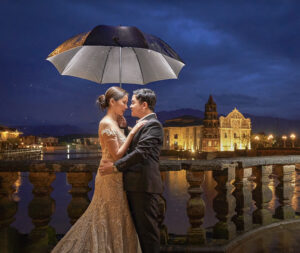 We’re sorry about that headline. Every photographer does not need to know this technique but, if you can do it, you’re way ahead of your competition in being able to deliver creative images to your clients. While on the surface the technique appears limited in it’s use but, but, but the underlying technique of mixing flash with natural light will open a whole new way of shooting for you.
We’re sorry about that headline. Every photographer does not need to know this technique but, if you can do it, you’re way ahead of your competition in being able to deliver creative images to your clients. While on the surface the technique appears limited in it’s use but, but, but the underlying technique of mixing flash with natural light will open a whole new way of shooting for you.
Learn the technique HERE.
